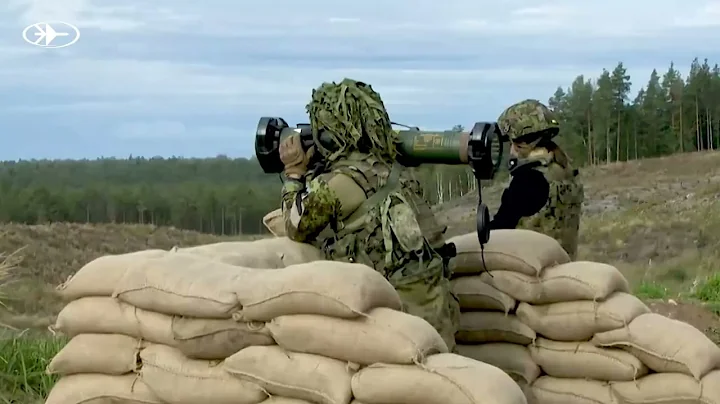coordinates: Darwin, Australia

Before the end of World War II , these tunnels, built to protect important oil from Japanese bombs, had not been used.
In 1942, Japanese air raids destroyed above-ground oil tanks at Stokes Hill in Darwin. Following these losses, construction crews began building 11 explosion-proof underground tunnels beneath the cliffs of Australian cities. But by the end of the war, only six tunnels had been completed, and none of them had been used.
The bombing of Darwin on 19 February 1942 was the largest single attack by a foreign power on Australian soil. Two separate attacks involving 242 Japanese aircraft killed at least 250 people and caused extensive damage to the city, ports and ships anchored within them.

Seven of the 11 above-ground oil storage tanks in Darwin were also blown up. These oil storage tanks are important storage places for precious oil. After the attack, secret plans were made to build new tanks in reinforced underground tunnels with an average depth of about 50 feet. The secret project was called "Secure Oil Storage," a name unlikely to catch enemy spies.
To build these tunnels, the longest of which extended nearly 650 feet, a camp was built to house 40 workers. Total manpower eventually increased to approximately 400 people. Conditions were difficult and progress was slow.
By November 1944, Tunnels 1, 5, 6, 10, and 11 had been laid with concrete and sheet steel, each with an interior width of 14.7 feet and a height of 17.7 feet. But a big problem soon emerged: They all leaked. This resulted in corrosion, further delays and increasing costs. Then the war was over.

When peace was declared, there was no oil in the completed tunnel. But over the next half century they saw some use.
During the Indonesian-Malaysian conflict between the Commonwealth and Indonesia, aircraft fuel for RAF and RAF bombers was stored in tunnels 5 and 6 for three years. Then, in the 1970s and 1980s, the Australian fire brigade filled the tunnels with smoke for training purposes.
The tunnels were later opened to the public on 19 February 1992 to commemorate the 50th anniversary of the bombing of Darwin. They now house photographs of Allied wartime activities, as well as explanatory panels for self-guided tours. In 2016 and 2017, Tunnel 5 hosted the Tunnel 5 Underground Music Festival. The acoustics are very good.
Know before you go
The tunnel is open seven days a week, from 9am to 4pm from May to September and from 9am to 1pm from October to April.





















